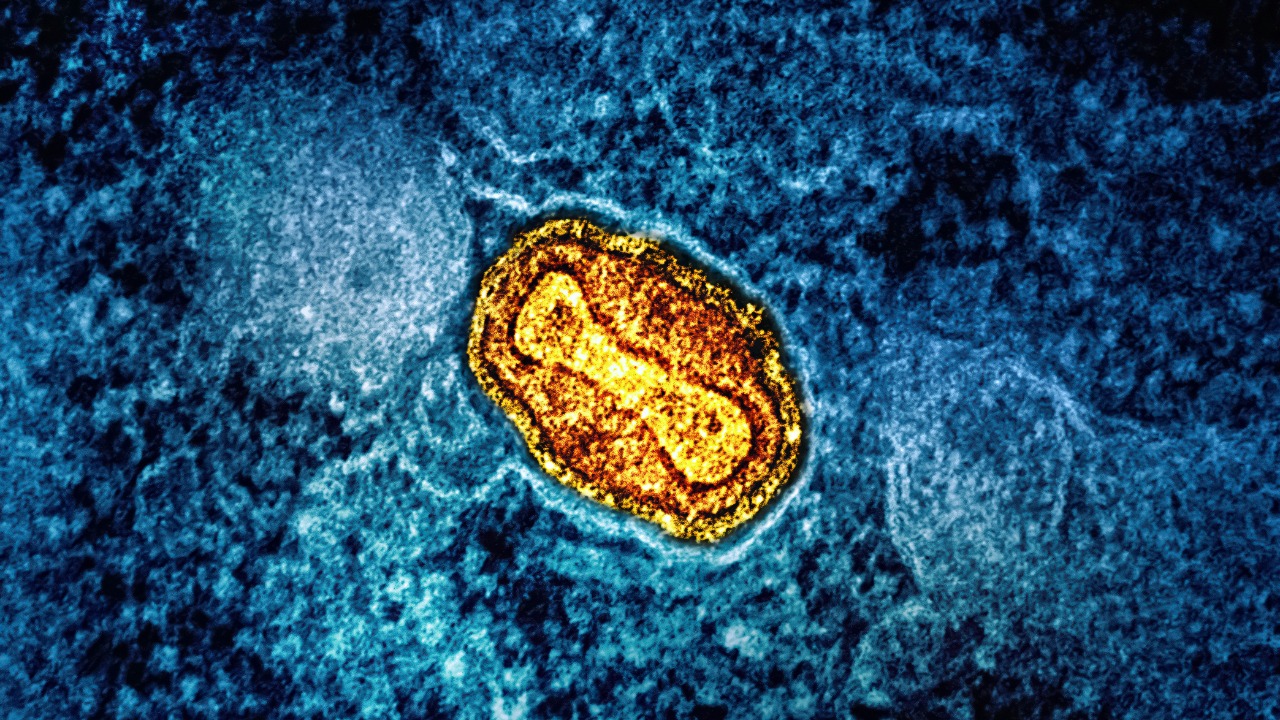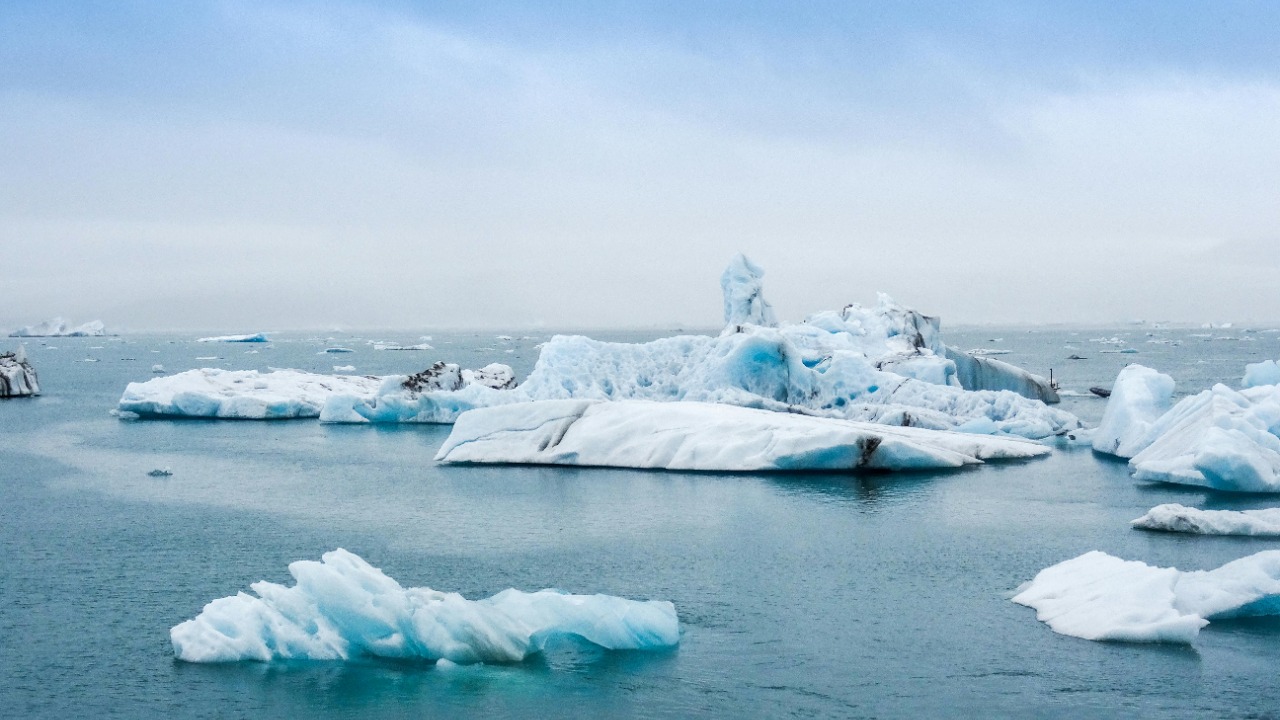
Scientists have recently unearthed a collection of ancient viruses from the depths of a Tibetan glacier, offering a glimpse into viral evolution and environmental conditions thousands of years ago. This discovery not only sheds light on the history of viruses but also raises questions about the potential implications for modern ecosystems and human health as climate change continues to melt glaciers worldwide.
The Discovery of Ancient Viruses

During an ambitious scientific expedition to the glaciers of Tibet, researchers extracted ice cores that revealed a hidden world locked away for millennia. The methodology used to extract these ice cores involved meticulous drilling techniques, carefully designed to preserve the integrity of the samples. The team focused on layers of ice that dated back tens of thousands of years, each layer holding potential clues to the past. Through their efforts, they unearthed a collection of ancient viruses, some of which are estimated to be around 15,000 years old.
The viruses discovered were not only ancient but also diverse, representing a range of viral families. This diversity provides a unique window into the viral landscape of the Earth’s past. Insights from their study, published in reputable scientific journals, are bolstered by data from the National Science Foundation and other research organizations. This significant finding has captured the attention of the scientific community, highlighting the importance of glaciers as natural archives of biological history. To delve deeper into the study, more details can be found here.
Significance of the Findings

The discovery of these ancient viruses is pivotal for understanding viral evolution and the ecosystems of the past. By examining these viral remnants, scientists can trace how viruses have adapted and evolved over millennia, providing insights into the mechanisms of viral mutations and adaptations. This knowledge is invaluable for virologists and microbiologists seeking to comprehend virus-host interactions through time. Such studies could potentially illuminate how viruses have historically navigated their environments and interacted with their hosts.
Moreover, the findings from the Tibetan glacier add a new layer to our understanding of ancient viruses found in other regions, such as Siberia. A comparative analysis with these previously discovered viruses can help build a comprehensive picture of the viral evolution across different climates and eras. The implications are profound, offering a chance to explore evolutionary trends and environmental interactions that have shaped the biological world as we know it.
Potential Risks and Concerns

One of the pressing concerns arising from this discovery is the potential impact of melting glaciers on the release of ancient viruses into modern ecosystems. As global temperatures rise, glaciers are melting at unprecedented rates, potentially releasing these long-dormant viruses into environments that have not encountered them for thousands of years. This could pose a risk to current ecosystems, which may not have the resilience or immunity to cope with such reintroductions.
The potential risks to human health also warrant careful evaluation. While the likelihood of these ancient viruses directly affecting humans is not fully understood, the possibility raises questions about the safety and preparedness of populations as climate change continues to alter natural landscapes. Ongoing research is crucial to assess these risks and develop precautionary measures to mitigate potential threats. For more on these concerns, explore the Yale E360 digest.
Climate Change and Melting Glaciers

There is a growing awareness of the relationship between climate change and the accelerated melting of glaciers. As temperatures rise globally, glaciers, which serve as vital archives of ancient microorganisms, are increasingly at risk. The loss of these glacial masses not only contributes to rising sea levels but also to the potential release of preserved pathogens into the environment. This underscores the urgent need to address climate change through comprehensive global efforts.
Monitoring and mitigating the impacts of climate change on glacial environments is a critical component of preserving these natural archives. International collaborations and scientific initiatives are essential to track glacier health and devise strategies to protect these ecosystems. The consequences of glacier loss extend beyond immediate environmental changes, affecting the historical records they hold. For an overview of global efforts, visit the Smithsonian Magazine.
Future Research and Exploration

Looking ahead, the scientific community is poised to embark on further research into ancient viruses and microorganisms preserved in ice. The next steps include advancing technological methods to study ancient DNA and RNA, which will enhance the accuracy and depth of our understanding of these ancient entities. These advancements are crucial for unraveling the complexities of ancient viral genomes and their implications for modern science.
Interdisciplinary collaboration will play a pivotal role in expanding our understanding of ancient viruses. By bringing together experts from virology, microbiology, climate science, and other fields, researchers can develop a more holistic view of the impacts and significance of these ancient discoveries. Continued exploration of glacial archives promises to yield further insights into the past, informing both scientific inquiry and policy-making in the face of climate change. For additional perspectives on this topic, review the PNAS publication.